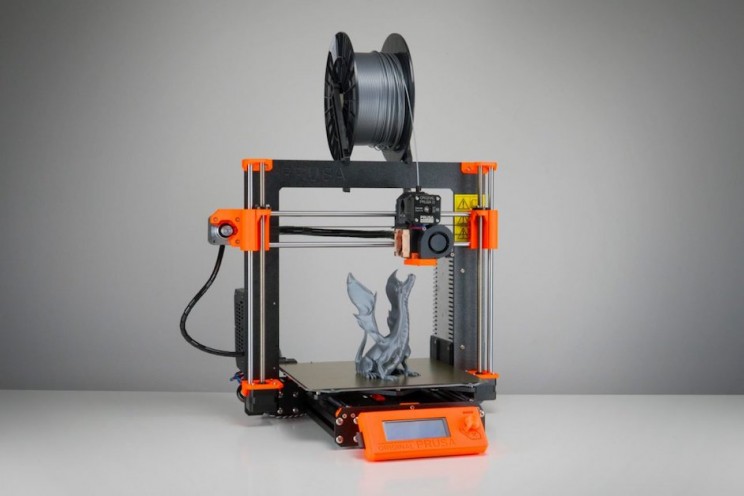The size of the 3D printing market was at USD 16,102 million in 2022, and it will reach USD 77,228 million by 2030, advancing at a rate of 21.7% by the end of this decade, as per a report by P&S Intelligence.
The printer category had the largest share of over 40%. This is because this technology is still in acceptance phase by numerous large administrations. Industrial printers are highly required credited their ability of producing intricate geometric forms in a single step resultant in advanced efficiency and lower production price.
The service category will have the highest growth rate in the years to come because of the growing necessities of equipment maintenance in the years to come. In services, after sales services are highly demanded. This is because of the increasing sales of 3D printers, which is powering the requirement for after sales services, for example periodic maintenance and parts replacement.
Vat Photopolymerization will grow the fastest with a highest rate of 22.8%. This has a lot to do with its high accuracy, exceptional finish, reasonably fast process, and the fact that these are often vast build areas: Objet 1000 measures 1000 by 800 by 500 and has a maximum weight of 200 kg.
Facial prostheses, hearing aids, and surgical learning aids are the most notable applications in the dental and medical fields. Vat photopolymerization can be utilized by manufacturers for creation of molds for low-volume injection molding.
Prototyping dominated the industry in the past and it will grow the fastest in the future. Prototyping with 3D printing has numerous advantages, including the capability to test the products before normal production and improving the products in a lesser time. Making high-fidelity prototypes can decrease on communication expenses drastically, and they are also more precise.
Moreover, prototyping improves the quality of necessities and specifications provided by clients and helps minimalize misunderstandings and miscommunications in the process of development.
Aerospace and defense had a significant share of 16% because of its widespread acceptance by the manufacturers of aerospace and defense components for designing and testing products in a shorter time accompanied by plummeting the price of tools and fixtures making. The energy category will grow the fastest in the near future.
The energy sector is observing increasing progressions in 3D printing technology with high-resolution prototypes and intricate production parts.
North America 3D printing market had the highest share of over 32% because of widespread acceptance of 3D printing technology, numerous technological progressions, and growing R&D investments. There are numerous government initiatives financially supporting the cutting-edge manufacturing and 3D printing research.
Due to the rising demand for quick prototyping, the demand for 3D printing will grow at pace in the future.








